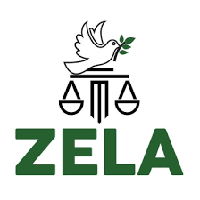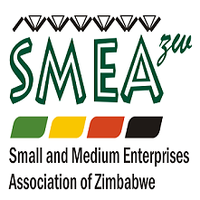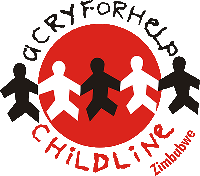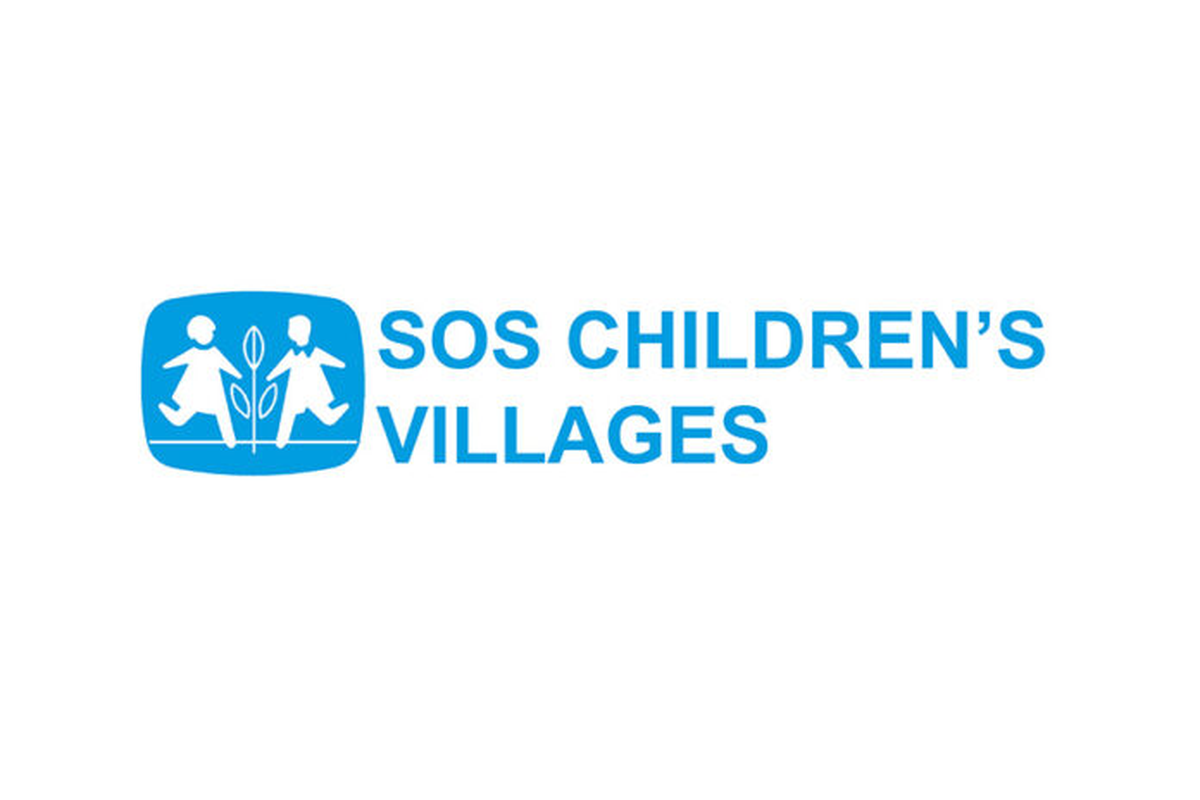Call for Consultancy:Development and production of the Community Environmental Advocacy Manual for the Resilience ANCHORS Activity
Consultancy, Research Jobs
- Zimbabwe Environmental Law As…
- Expires 06 Jan 2023
- Bulawayo
- Internship
Job Description
1. Background of the Activity and geographic scope
The Save Valley Conservancy (SVC) and the Gonarezhou National Park (GNP) are in Zimbabwe’s Southeast Lowveld (SEL) and form part of the Great Limpopo Trans-Frontier Conservation Area (GLTFCA). At 344,210 hectares, SVC (Ward 24 in Chiredzi and Ward 27 in Bikita District, Masvingo Province) was established in 1991 and consists of 30 land titles that form 22 management properties. Before Zimbabwe’s national land reform program, which started in the SVC in 2000, there was a mix of private (foreign and local), government, and community-owned properties. The land reform program, indigenization proposals, and a subsequent cabinet decision in 2014 resulted in the allocation of several SVC properties to the Zimbabwe Parks and Wildlife Management Authority (ZimParks), which significantly affected SVC’s ability to maintain strong governance, management and relations with communities, government, and other stakeholders. Internal issues and divisions have dominated discourse among SVC members, limiting their ability to work effectively among themselves and with the Government of Zimbabwe (GoZ). SVC needs a long-term solution with government endorsement and support to attract investment and develop its economic potential to be able to drive development in a region that currently offers communities few revenue-generation options. Wildlife is one core resource with the potential to drive the SEL economy.
At 5,053 square kilometers, Gonarezhou (Ward 22 in Chiredzi District, Masvingo Province) is the country's second largest national park after Hwange. The name Gonarezhou is translated from the Shona language as meaning, "The Place of Elephants." GNP forms part of the Great Limpopo Transfrontier Park, which links Gonarezhou with the Kruger National Park in South Africa and the Limpopo National Park in Mozambique. Communities around both SVC and GNP share a common history and face similar climate and wildlife related challenges, such as recurring droughts, water scarcity, poor soil fertility, and human-wildlife conflicts, including associated zoonotic diseases.
Similar natural resources management and governance challenges, exacerbated by water scarcity, are also inherent in communities bordering Hwange National Park (14,651 km2) and Chizarira National Park (2,000 km2) in the Mid-Zambezi Valley landscape. Overreliance on rainfed agriculture, poor soil fertility, and limited options for diversification of livelihoods drive environmental degradation, deforestation, poaching, and human-wildlife conflict (HWC). Encroachment of human populations into these two conservation landscapes has often resulted in increased HWC cases and ultimately retaliatory killing of wildlife species, such as hyenas, lions, and elephants. Yet the Mid-Zambezi Valley is home to one of the seven wonders of the world, Victoria Falls, as well as the Zambezi River and Kariba Dam, whose surrounding landscapes are endowed with a wide variety of wildlife species, including the Big Five (Elephant, Rhino, Lion, Leopard, and Buffalo), making the landscape a favorite destination for both local and international tourists. This presents economic opportunities for surrounding communities in the form of employment and viable markets.
The purpose of Resilience ANCHORS Activity is to support communities around the SVC, GNP, and Mid-Zambezi Valley landscapes to sustainably manage and draw economic benefits from their local natural resources. If managed well with equitable benefits, natural resources capital can translate into improved conservation outcomes and thus support long-term resilience building for the communities. In total, Resilience ANCHORS will target 19 wards: seven in the SEL (Bikita, Chiredzi, and Chipinge Districts) and 12 in the Mid-Zambezi (Binga, Hwange, and Nyaminyami (‘Kariba’) Districts) with a total population of 116,765. The targeted wards were selected based on the needs assessment and scoping visits carried out with the support and guidance of the local authorities, at the beginning of the Activity.
The Resilience ANCHORS Activity has three objectives which are:
(i) Improve economic benefits from strengthened community-level resource governance and oversight of conservation enterprises;
(ii) Increase sustainable supplies of water of sufficient quantity and quality to meet human, economic, and ecosystem needs; and
(iii) strengthen locally led development and private sector engagement.
2. About the Community Environmental Advocacy Manual
The Resilience Anchors Activity in the Financial Year 22 (FY22) developed the Community Environmental Governance Manual (CEGM). The CEGM helps to define the elements of effective environmental governance and how it can be strengthened at the ward and village levels in Zimbabwe to conserve and protect natural resources and support resilient and productive rural livelihoods. The Manual presents a series of principles, criteria, and tools that can help rural communities assess and strengthen their environmental governance in practice The CEGM was developed as one of three manuals to be developed during the lifespan of the Activity. With this in mind, the Resilience Anchors Activity in FY 23 seeks to develop and produce the Community Environmental Advocacy Manual (CEAM) which is a build up from the CEGM. These two manuals work hand in glove; the notion of environmental governance without the element of environmental advocacy falls short in achieving the desired objectives of the Activity. Thus, the CEAM will be a fundamental tool in realising the objectives of Activity in general and more specifically on improving community-level governance and stewardship of natural resources. The CEAM will be a useful resource for locally defined and established management teams which comprise of local leaders, private sector actors, community representatives, including civil society, and conservancy managers.
Duties and Responsibilities
3. Terms of Reference
The following are the Terms of Reference for the CEAM
• To examine the concept of community environmental advocacy and establish its relevance in the natural resource management discourse.
• To provide guidance to communities and key actors such as the Rural District Council, Environmental Management Agency, Forestry Commission, Zimbabwe Parks and Wildlife Management Authority, among others, on environmental advocacy.
• To identify gaps and opportunities in the community environmental advocacy space and proffer recommendations on how the concept can be refined.
• To analyze policies and legislation that hinder or support community environmental advocacy.
• To examine and evaluate the concept of community environmental advocacy in other jurisdictions.
4. Key Deliverables
• To develop and produce a detailed Community Environmental Advocacy Manual.
• To facilitate the launch of the Community Environmental Advocacy Manual to key partners in the Resilience ANCHORS Activity and relevant stakeholders.
Qualifications and Experience
5. Applicant requirements
The applicant must have the following:
• A minimum qualification of a master’s degree in social sciences or relevant field
• At least 5 years and above experience on natural resource management, wildlife conservation, advocacy, and community engagement initiatives.
How to Apply
Interested and qualified Consultants who meet the above requirements should send their application clearly stating how they meet the requirements, methodology to be used and cost of the consultancy to: procurementzw@gmail.com not later than the 6th of January 203






